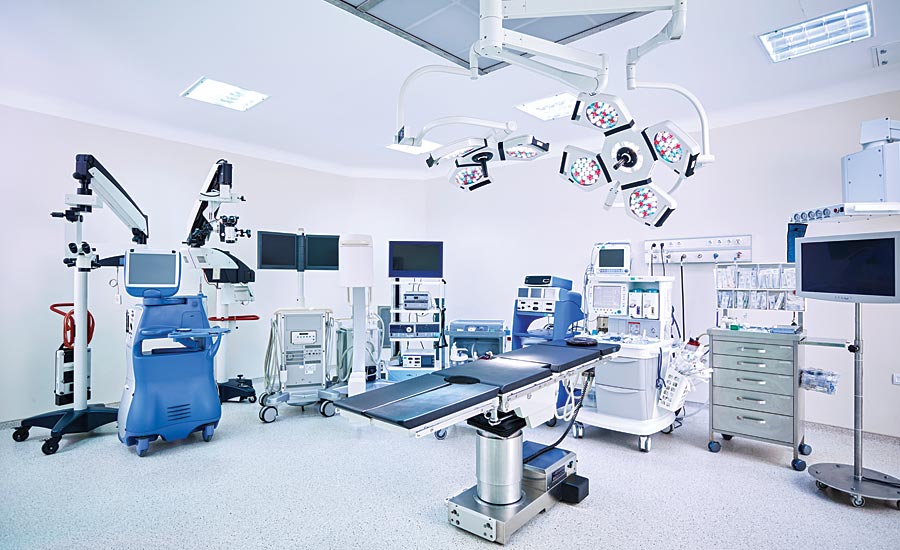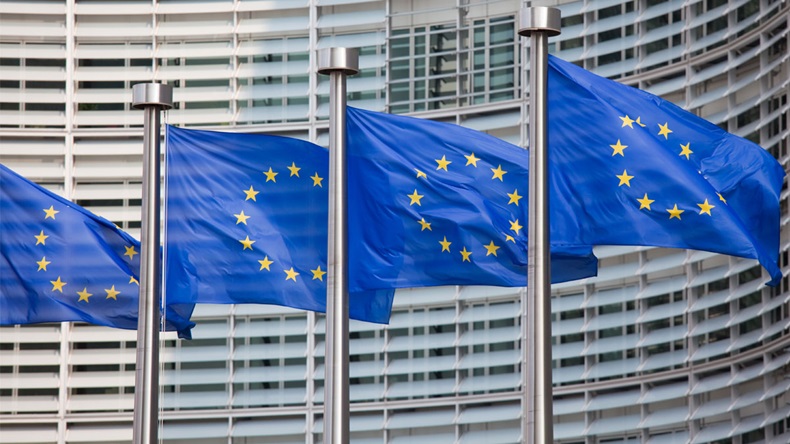
New Manufacturer Incident Report Form in Brief
The new MIR form has been introduced by the European Commission earlier in December 2018. It contains certain improvements and novelties regarding the requirements medical device manufacturers shall comply with. To assist in maintaining compliance with the aforementioned requirements, the EC published detailed guidelines dedicated to the new rules implemented in the updated MIR form. The document also describes the most important differences between the two versions of the MIR forms.
According to the guidelines, the new MIR form shall be used from January 1st, 2020. The medical device manufacturers shall use it irrespectively of the particular regulatory framework applied (MDR and IVD or Directives). The new MIR form shall be used to report:
- Incidents under the AIMD/MDD/IVDD,
- Serious incidents under the MDR/IVDR.
Changes to the MIR Form
First of all, the document published by the EC describes the most important changes introduced by the new Manufacturer Incident Reporting Form. These changes are mostly related to the codification used for adverse event reporting under the Regulation 2017/745 (MDR) and Regulation 2017/747 (IVDR). In particular, the changes include the following ones:
- New incident (adverse event) terminology implemented by the new MIR form has been developed by the International Medical Device Regulators Forum (IMDRF), a voluntary association of regulating authorities collaborating on improvement of medical devices regulatory framework. The IMDRF states that the terminology used for incident reporting should be internationally harmonized in order to simplify the information exchange and make it more efficient. At the same time, it is important to mention that the new terminology developed by the IMDRF would be implemented with a one-year transition period.
- The new MIR form also contains certain new elements, such as the number of similar reportable incidents and the number of medical devices already placed on the market (the same for the current year and three previous ones). This information is deemed to be important for regulating authorities to be able to evaluate properly the risks associated with the use of the device in question.

New IMDRF Terms and Codes
As it is stated in the present EC guidelines, the new terminology suggested by the IMDRF to be used for incident reporting consists of 4 areas and 7 subsets. Due to the transition period, each set of terms would be implemented consequently step by step depending on the adverse event reporting category in the following order:
- Medical device problem terminology has been already implemented in January 2020,
- Cause investigation terminology has been also implemented in January 2020,
- Health effects terminology will be implemented shortly in June 2020, and
- Component-related terminology will be implemented in May 2021.
The EC additionally emphasizes that the particular categories to be included in the MIR form will depend on its status. For instance, the initial report could be submitted without a section dedicated to cause investigation since the medical device manufacturer shall have enough time reasonably necessary to carry out a rigorous investigation. However, the final report shall contain all the sections.
IMDRF Code Conversion
As stated above, the IMDRF has already developed adverse event terminology to be used by medical device manufacturers for incident reporting. The IMDRF acknowledges that some of the manufacturers could employ other approaches to coding systems. For example, ones based on various national systems or international nomenclatures. At the same time, when submitting a MIR form, the medical device manufacturer shall provide all information using the set of codes developed by the IMDRF. In order to assist medical device manufacturers with fulfilling this requirement, the IMDRF developed a special code conversion tool that is available online. This web-based browser allows us to map the codes determined in accordance with the various national codification systems and international nomenclatures to codes compliant with the codification system developed by the IMDRF.
MIR Versioning and Implementation
The EC states that when seeking additional information on adverse event reporting rules and requirements, the medical device manufacturer shall consider the guidelines described in the help-text document that highlights and distinguishes mandatory and voluntary forms depending on the type of the particular report to be filed. The aforementioned document also provides recommendations regarding these fields should be filled. At the same time, it is important to mention that help-text could be subject to updates and amendments, so the medical device manufacturer shall check whether the help-text version it intends to use already contains all important changes.
According to the present EC guidelines, there are two versions of the new MIR form: 7.1 and 7.2 respectively. In order to assess the changes, the medical device manufacturer can check the appropriate change log implemented to each of the documents. The current version 7.2.1 implements additional minor formatting changes intended to improve the readability of the document and to remove certain discrepancies existing between different file formats.

New MIR Form and IT Issues
The EC guidelines also contain clarifications regarding certain IT issues related to the new MIR form, such as:
- Unsecuring the PDF version of the MIR form. Since the current version of the MIR form is available as a PDF file that is password-protected, the medical device manufacturer intended to use it will have to request a password needed to make changes to the document.
- Specifying the unknow dates. Sometimes the medical device manufacturer does not know the exact date of the event to be indicated in the MIR form. As it is mentioned in the present EC guidelines, in such a case the manufacturer shall indicate a range from starting date to ending date instead of indicating the first day of the appropriate month. The EC states that this approach allows us to specify the period accurately. Otherwise in case if the manufacturer will indicate the 1st day of the month instead of indicating the range in a way described above, such indication would be deemed as the indication of the exact date and treated accordingly. Thus, even if the particular date is unclear, the medical device manufacturer shall indicate the approximate range the event may take place.
- Signature. The new MIR form could be signed using a digital signature. This allows us to accelerate all the processes related to signing the form significantly.
Summarizing the information provided hereabove, the guidelines issued by the EC highlight the most important aspects related to the new version of the Manufacturer Incident Reporting form medical device manufacturers shall take into consideration when preparing and submitting the adverse event report.
How Can RegDesk Help?
RegDesk is a next-generation web-based software for medical device and IVD companies. Our cutting-edge platform uses machine learning to provide regulatory intelligence, application preparation, submission, and approvals management globally. Our clients also have access to our network of over 4000 compliance experts worldwide to obtain verification on critical questions. Applications that normally take 6 months to prepare can now be prepared within 6 days using RegDesk Dash(TM). Global expansion has never been this simple.
Sources:

